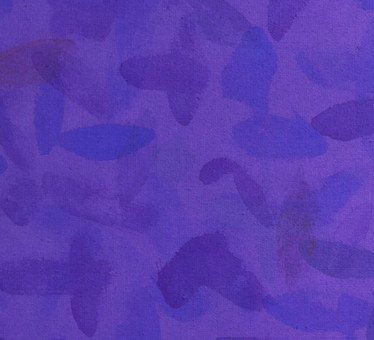Amélia Toledo

São Paulo, Brazil, 1926 —
Cotia, Brazil, 2017
From shiny steel to rough stone, from plaster masks to multicolored liquid, from the pendant in centimeters to the city in kilometers: the freedom of experimental research and the constant participatory character mark the work of the artist Amélia Toledo. After taking the first steps of his artistic learning by attending the workshops of Anita Malfatti, Yoshiya Takaoka, Waldemar da Costa and the Vilanova Artigas office, Toledo left, already in 1958, to study at the London County Council Central School of Arts and Crafts.
During the 1960s, when Amélia Toledo returned to Brazil, she carried out works in dialogue with constructive sculpture. From that moment, works in which steel predominates, such as Mundo de mirrors (1966) and Interface (1967), which explore metallic plasticity and the reflective surface, evoking, from the cold and solid material, the intangible of optical illusion and spatial elasticity. Taking this research to the scale of jewelry, Toledo also created pendants, brooches, rings and other pieces of extreme sculptural sensitivity.
During this period, in works such as Bolas-Bubbles (1964) and Glu-Glu (1968), the artist allows us to glimpse her detachment from a determined media or sculptural style, exploring transparent materials (glass or plastic) and natural elements that will appear with more forcefulness in the works of the turn of the 1960s and the beginning of the 1970s, when public participation also appears markedly. From that time, Situation tending to the infinite (1971), a work formed by stacked and compartmentalized translucent cubes that invite the participant to playfully manipulate the pieces, pioneering the constructive structure of the object and, at the limit, the spatial form itself. Also works like A Onda (1969), Medusas (1969) and Tactile Disks (1970) bring less noble materials, such as plastic, operating together with the fluidity of colored liquids, a union whose final meaning is given by the movement that the participant prints by manipulating objects and discovering the formation of bubbles, the mixing of phases, in each shape generated by its action, myriad other ways.
During the 1990s and 2000s, the artist’s generosity expanded at the level of public space, again taking the form of an invitation to sensitive exploration, to touch, to look, to gesture. Invitation also to return to earth and its power and truth. Safe from the sun and the harsh heat of Rio de Janeiro, under the skin of Copacabana, the subway station Cardeal Arcoverde opens as an ancient cave in which Amélia Toledo reminds us that the Earth, the blue pearl, is alive, and that all of us , interconnected, we are an indissoluble part of that gross life.